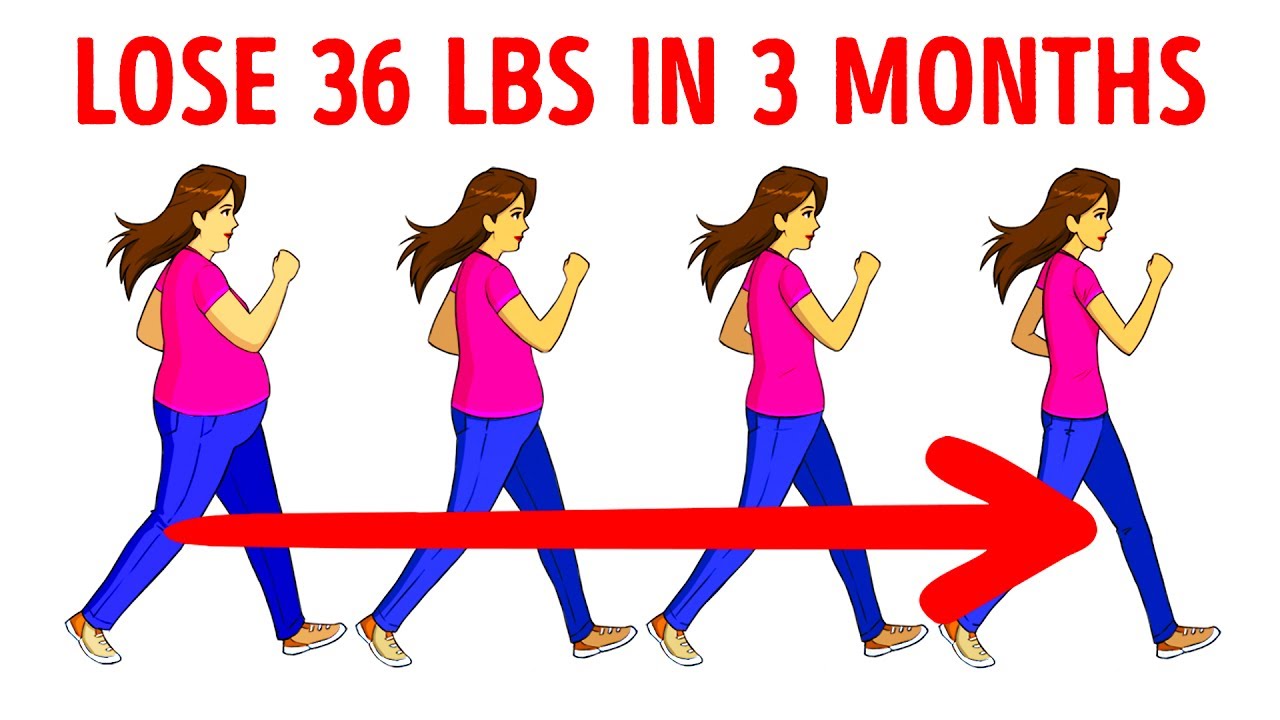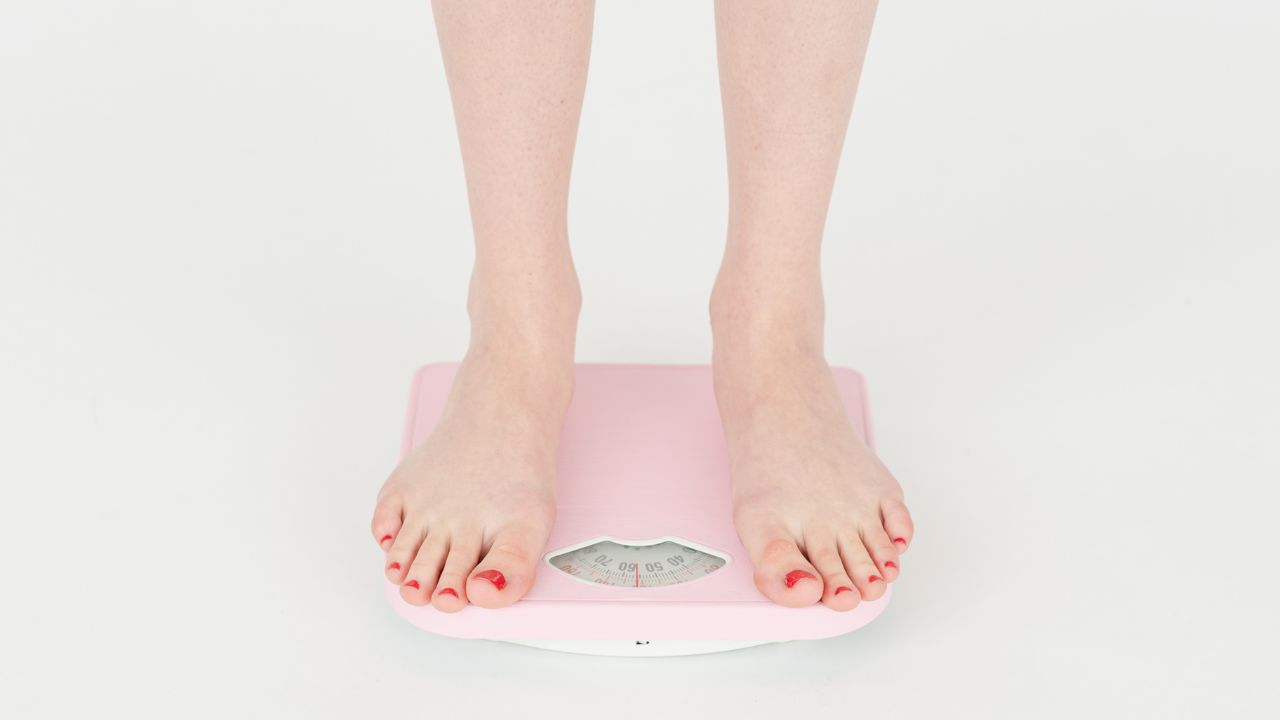
These weight-loss workouts for ladies are great for anyone looking to lose more calories. These workouts will tone and tone your upper body, while also sculpting your lower body. In addition, you'll lose more weight in a minute than ever before! These weight loss exercises are worth a try! You'll be amazed how quickly results begin to appear! Listed below are some great workouts to help you reach your weight loss goals!
Weight loss exercises
Walking is an excellent exercise for shedding excess pounds, as it is convenient for most people. It has a low impact, so you won't have to strain your joints. A moderate pace of walking for 30 minutes burns around 167 calories. A 12-week study of 20 obese women showed that walking for 50 to 70 minutes three times a week reduced body fat and waist circumference. There are many other benefits to walking.

All weight loss exercises are effective, including running, jogging, or walking. They can all be done anywhere provided there is enough space and the weather is not too hot. You can also take advantage of treadmills and stationary bikes at any gym. You may want to try cycling instead of running. Cycling is great for both your fitness and weight loss goals, and many gyms have bikes for rent.
Exercises that burn calories more per minute
The exact amount of calories you are burning during exercise can be determined by using a heart rate monitor or a fitness tracker. There are many factors that influence how many calories you lose during a workout. Knowing the intensity of your exercise will help determine the best duration and intensity. For example, the normal resting heart rate is between 60 and 100 beats per minute, so exercising at a higher intensity can help you burn more calories.
Traditional strength training is the eighth highest-calorie-burning exercise. This workout includes weight training and a rest period of three minutes between sets. It burns between 217 to 137 calories per hour. Strength training helps tone the muscles by working on isolated muscles with heavier weights. Running, for example, burns 222 calories per minute for both men and women and is a great form of cardiovascular exercise. Women can benefit by body-weight exercises that work the legs, calves, and hamstrings.
Exercises that target your upper body
Exercises that target the upper part of your body are a good option if you're looking for ways to lose weight. You don't want too much weight on your upper body. However, some simple exercises can tone your arms as well as your biceps. Chair dips are a great exercise to tone your arms. You can feel your triceps, biceps, and back by grabbing a chair. Repeat these movements for a total of eight reps. To get the most benefit from this exercise, perform two to three times a week and once a day.

A good upper-body workout should include moderate-intensity cardio. You can lose fat and weight by doing two and a half hours each week of moderate-intensity cardio. Cardio exercises for the upper body include jogging and cycling, as well as walking fast and playing tennis. Other exercises that target the upper body include swimming, boxing, and water aerobics. Eliptical trainers are a fun, effective way to exercise the upper body.
FAQ
What length of Intermittent Fasting should I be doing to lose weight?
The answer is not as simple as you might think. It is important to take into account a number of factors when deciding the optimal days for fat loss. These include:
-
Your age. You may find intermittent fasting too difficult if you're younger (under 40) because you have less time between fasts. Alternately, if your age is over 60, intermittent fasting might prove too challenging because you may not have enough energy to last for extended periods of time.
-
Your current body composition. Your current body composition. If you have a lot more muscle mass than you need, then you will likely be more successful with longer fasting periods. You may find shorter fasting more beneficial if your muscle mass is low.
-
How physically active are you. Exercise regularly and you may need to extend the fasting window in order to get enough sleep between workouts.
-
Your past medical history. Additional fasting monitoring may be required for certain medical conditions such as diabetes or heart disease.
-
How well do you tolerate stress? Stress can often lead to us eating more. You might need to lengthen your fasting windows in order not to have this problem.
-
Your diet. Certain diets, like ketogenic diets, may require even longer fasting periods.
-
The quality of your sleep. Lack of sleep has also been linked to increased appetite and decreased metabolism. Therefore, it may take some experimentation before determining what works best for you.
-
The amount of protein you consume. Protein helps stabilize blood sugar levels, which means that eating more protein could potentially lead to lower insulin levels. This would allow one to fast for longer periods.
-
People who want to gain weight or lose it will need to fast for longer periods of time than those trying to lose.
-
What percentage of calories do you consume during your fasting window? You might lose more fat if your daily calories are lower than those you consume.
-
Your overall fitness level. Faster people are more likely to be fit, and burn more calories during the day.
-
Your gender. Women tend to have a greater appetite than men, so they might need to fast for longer periods. Women may only fast for 20-30 mins each morning because they have a smaller appetite.
-
Your lifestyle. Do you exercise a lot? Do you workout several times each week? Are you a worker who sits at a computer all day? All these factors can have an impact on how much time you should speed.
-
What amount do you spend on food each month? It doesn't always mean that you should spend a lot of money on groceries if you eat healthy foods. You can save money by buying whole grains instead of white bread, fruits instead of candy bars, and lean meats instead of fatty cuts.
-
How important it can be to control your appetite. You might not have to fast as much if your hunger isn't a problem.
How often are people quick?
The majority of people who follow the ketogenic diet fast only once a week. Some people fast twice a week. Some others fast three days per week.
Every fast is different. Some people fast 24 hours, while others fast 48 hours.
Some people will even travel more than 72 hours. But, such extreme cases are rare.
What foods will help me lose weight more quickly?
Eating fewer calories can help you lose weight faster. Two ways to achieve this are:
-
Reduce the amount of calories you consume daily.
-
Get more exercise to increase your metabolism.
It is not easy to reduce the calories you consume. It's no surprise that we are constantly bombarded with high-calorie fast food options. Here are some foods that can help you lose those extra pounds.
-
Beans are rich sources of fiber, protein, and other nutrients. They have almost no fat making them an excellent choice for dieters looking to reduce their caloric intake.
-
Oatmeal, while low in calories, is high in nutrients like potassium and magnesium. Plus, it contains less sugar than other cereals.
-
Eggs contain high levels of protein and cholesterol. Eating eggs at least twice a week can increase your metabolism, which helps you burn more calories.
-
Whole grain bread has been shown to reduce hunger pangs so that you may feel fuller longer.
-
Dark chocolate is high in antioxidants, flavonoids and other substances that have been linked with lower blood pressure and better heart health.
-
Cottage cheese is high-in calcium, which can help build strong bones. It also provides a good source of vitamin D, which boosts immunity.
-
Salmon is packed with omega-3 fatty acids, which promote brain development and improve cardiovascular function.
-
Green tea is rich in catechins, compounds which fight cancer and increase metabolism.
-
Broccoli is rich in folic Acid, which lowers homocysteine blood levels. Homocysteine concentrations that are too high have been linked with an increased risk for heart disease and stroke.
-
Yogurt is a wonderful way to get probiotics into your diet, without having to consume a lot of added sugars. Probiotics can help improve digestive health.
-
Berries are delicious and nutritious snacks. Blueberries, strawberries, blackberries, raspberries, and cranberries are all excellent sources of vitamins and minerals.
-
Avocados are full of healthy fats. A half avocado provides 80 calories with plenty of fiber, potassium, and filling fiber.
-
Nuts are a delicious snack option and a great source protein. You can choose from cashews or hazelnuts, almonds, walnuts or pecans.
-
Sweet potatoes are another starchy crop that is rich in beta carotene. This makes your skin glow. Because of their higher beta carotene levels, orange sweet potatoes are particularly good.
How does intermittent fasting impact my sleep?
Yes, intermittent fasting does affect your sleep. You may notice an increase in hunger hormones if you skip meals. You might find yourself awakened at night due to your hunger hormones.
Experts suggest skipping breakfast. Instead, they suggest having a light snack before bedtime.
You can still eat a small meal if you feel hungry after the snack.
Be careful not to overeat. If you do this, you might gain weight instead of losing it.
Statistics
- One study in 9 active men found that HIIT burned 25–30% more calories per minute than other types of exercises, including weight training, cycling, and running on a treadmill (18Trusted Source (healthline.com)
- According to Harvard Health, it's estimated that a 155-pound (70-kg) person burns roughly 112 calories per 30 minutes of weight training (5). (healthline.com)
- According to a study sponsored by the American Council on Exercise, a person weighing around 140 pounds (64 kg) would burn 108 calories at a 30-minute beginner's Pilates class or 168 calories at an advanced class of the same duration (26). (healthline.com)
- One 6-month study showed that simply doing 11 minutes of strength-based exercises 3 times per week resulted in a 7.4% increase in metabolic rate, on average. (healthline.com)
External Links
How To
How to Intermittent Fasting
Intermittent fasting, a type of dieting that allows you to only eat one time per week, generally Monday through Friday. The goal is to decrease your overall calories and still get adequate nutrition. This helps you lose fat more quickly than if it were your normal meals for the entire week.
The most common type of IF is to restrict calories on specific days of the week. This means you could skip breakfast every morning and still eat what you want the rest of the week. You could also choose three small meals instead of two large meals per day.
Many forms of intermittent fasting are available, such as alternate day fasting (5/2 fasts), 8/4 fasts and 16/8 fasts. There are pros and con's to every type of intermittent fasting. Alternate day fasting is the easiest way to start out because you don't have to make any major changes to your lifestyle. However, some people find it difficult to stick to a strict schedule like this, so they might prefer to try other methods first.
I recommend alternate-day fasting if you're starting an intermittent fasting regimen. This will allow to slowly transition to more extreme fasting regimens without drastically changing your lifestyle.